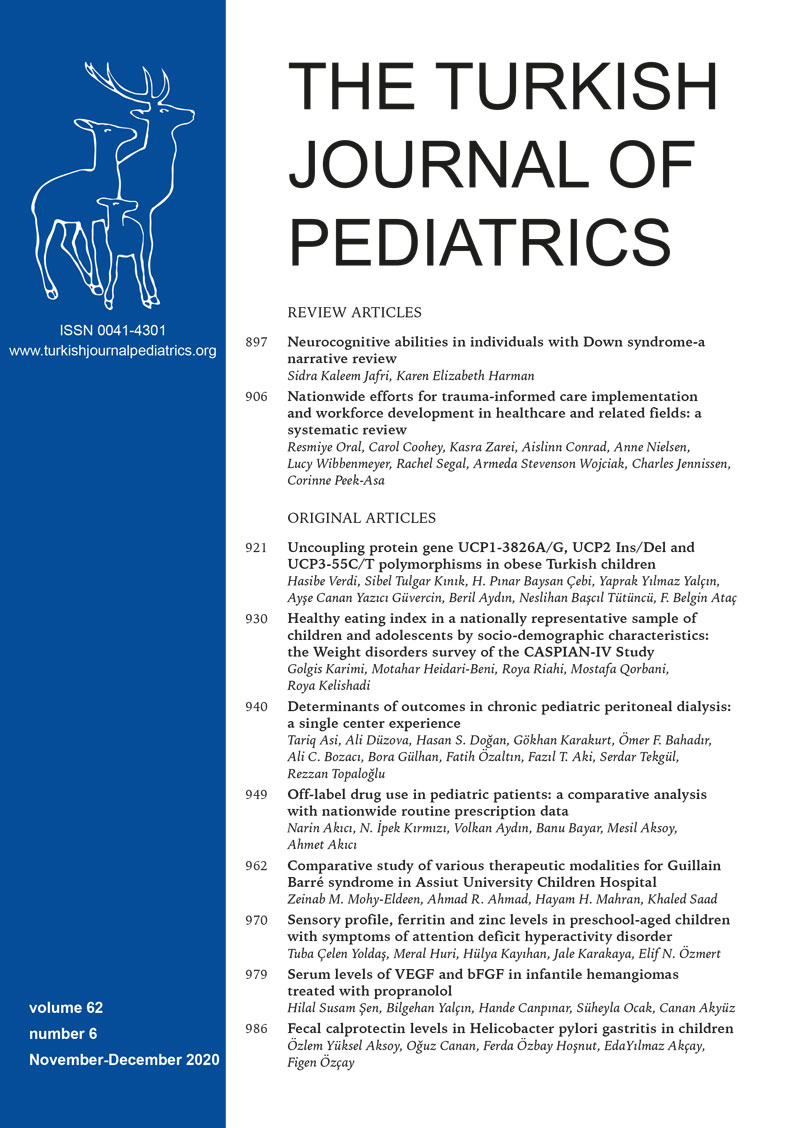Abstract
Background. Our study aimed to compare the outcome of different therapeutic modalities for the management of children with Guillain-Barré syndrome (GBS) and to identify the associating risk factors that may affect the course and prognosis of the disease.
Methods. Our retrospective study compared the outcomes of different therapeutic regimens for patients with GBS who were admitted to Assiut University Children Hospital, Assiut, Egypt, from 2014 to 2016.
Results. The study included 50 patients diagnosed with GBS. Upper respiratory tract infection was the most prevalent preceding factor (66%). Acute inflammatory demyelinating polyneuropathy (AIDP) was the most prevalent type (80%). Regarding therapeutic modalities, 45 patients started with IVIG treatment, and five patients started plasmapheresis. Seventeen patients showed no improvement after two weeks of IVIG and received plasmapheresis as a sequential therapy. We found no patients who received plasmapheresis, followed by IVIG. Patients treated with plasmapheresis alone showed a significantly shorter duration of hospitalization and better outcomes in comparison to those treated with IVIG alone or with both modalities.
Conclusions. AIDP was the most common variety of GBS in our study. GBS patients who were treated with plasmapheresis had a better outcome with a short duration of hospitalization.
Keywords: Guillain-Barré syndrome, intravenous immunoglobulin, outcome, plasmapheresis
Copyright and license
Copyright © 2020 The Author(s). This is an open access article distributed under the Creative Commons Attribution License (CC BY), which permits unrestricted use, distribution, and reproduction in any medium or format, provided the original work is properly cited.














